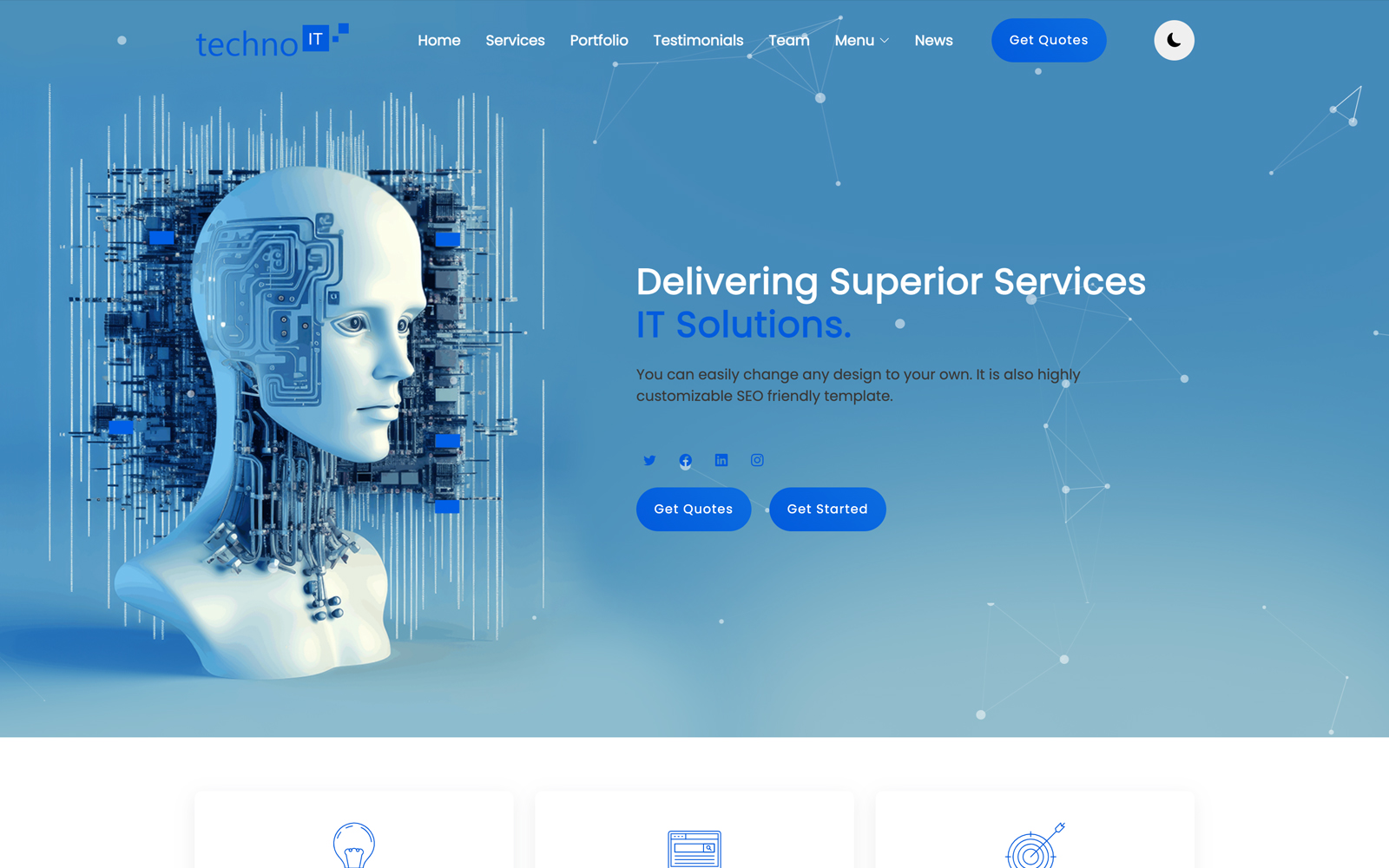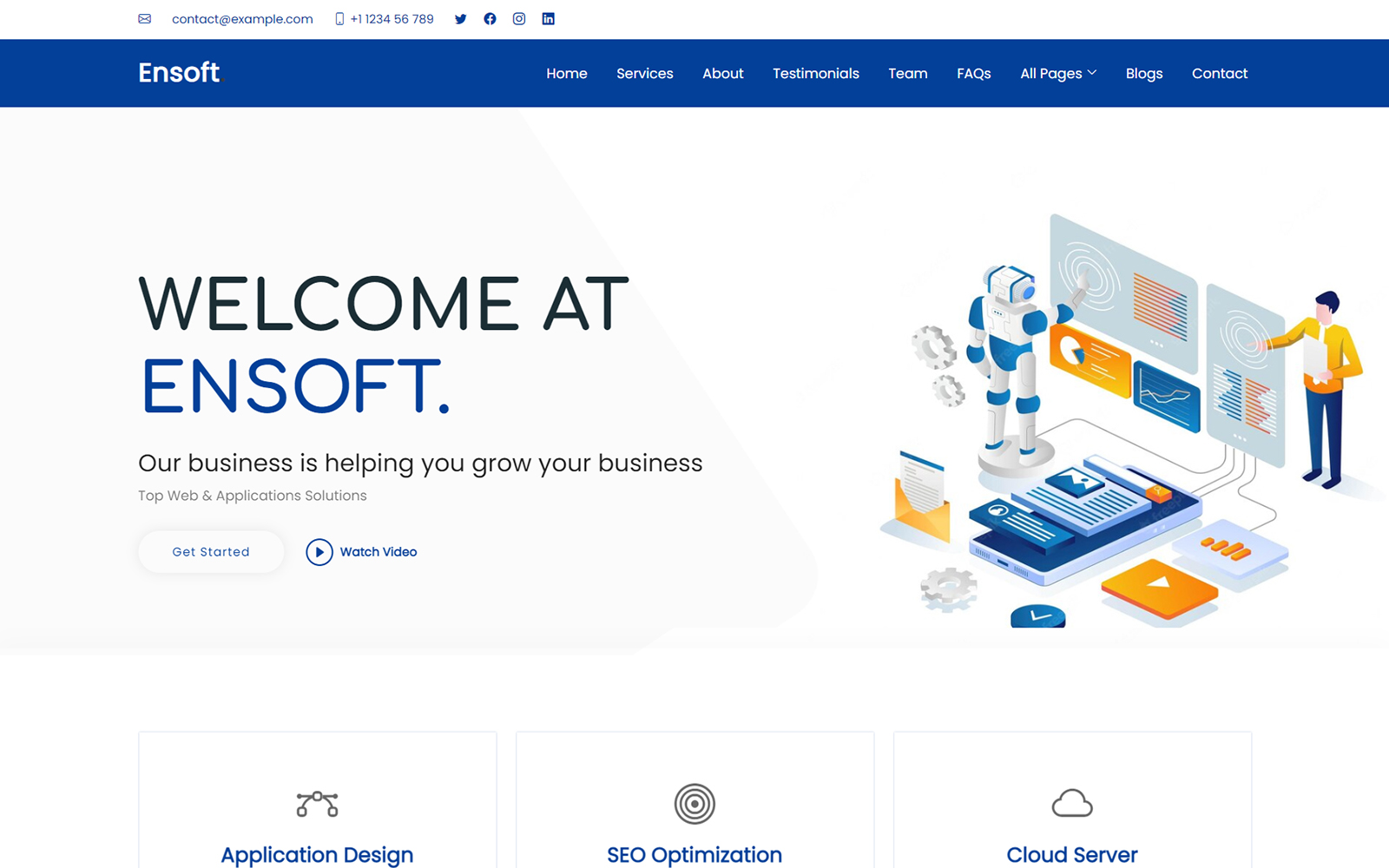In 2025, automation isn’t just a buzzword—it’s a survival strategy. From lean startups to large enterprises, US companies are leveraging Python to automate repetitive tasks, reduce labor costs, and improve operational efficiency. With its simplicity, flexibility, and vast ecosystem of libraries, Python has become the go-to language for business automation.
In this article, we’ll explore how companies in the United States are using Python to automate real-world workflows and save thousands of dollars annually in the process.
Why Python Is Ideal for Automation
Python’s clean syntax makes it easy to write automation scripts quickly. It supports integration with databases, cloud platforms, web applications, spreadsheets, APIs, and file systems. Developers can automate everything from data entry and reporting to testing and infrastructure management—all with fewer lines of code.
Python also has powerful scheduling, logging, and error-handling capabilities, which are critical for building reliable automated systems that run at scale.
Common Areas Where US Businesses Automate with Python
Report Generation
Finance teams at US corporations use Python to automatically generate monthly, quarterly, or year-end reports by pulling data from databases, Excel sheets, or APIs. Libraries like Pandas, Matplotlib, and ReportLab make it easy to prepare charts, summaries, and PDFs without human input.
Email and Communication
Sales and support teams automate email campaigns, customer updates, and notifications using Python. The smtplib and email libraries allow businesses to send automated messages based on triggers—saving time and ensuring consistency.
Web Scraping and Market Intelligence
Companies monitor competitors, product prices, and industry trends by using Python scripts with libraries like BeautifulSoup and Selenium. E-commerce platforms use scraping to gather pricing data across marketplaces like Amazon and Walmart to stay competitive.
File and Folder Management
Businesses automate the sorting, renaming, backing up, or archiving of files on internal networks. A Python script can clean up folders daily, categorize files based on type or date, and ensure secure backups—without requiring manual IT intervention.
Data Cleaning and Integration
Python is used to automate data pipelines between tools like Salesforce, Google Sheets, SQL databases, and cloud dashboards. This allows companies to unify data across platforms and keep it accurate in real time. Libraries like Pandas and openpyxl are widely used in this process.
Automated Testing and DevOps
Engineering teams in US startups and SaaS companies use Python for writing automated tests, CI/CD scripts, and infrastructure monitoring. Tools like pytest, Fabric, and Ansible help developers deploy code, monitor servers, and trigger rollbacks automatically.
Chatbots and AI Customer Support
Businesses are integrating Python-based AI assistants using frameworks like Rasa, LangChain, or custom NLP pipelines. These bots handle everything from order status queries to appointment bookings, reducing support costs while improving user satisfaction.
Real-World US Examples
- A healthcare company uses Python scripts to pull patient appointment data from Google Sheets, send daily SMS reminders, and flag missed appointments.
- A logistics startup built an automation system in Python that generates shipping labels, fetches real-time tracking from APIs, and emails customers with delivery updates.
- An accounting firm automated its tax data extraction process using Python OCR tools, reducing manual entry time by 75% during tax season.
Financial Impact of Python Automation
The cost savings are significant. Even a small Python script that automates 2 hours of manual work daily can save over 500 hours annually. Multiply that across departments, and companies can save tens of thousands in payroll and overhead.
In high-salary regions like California or New York, this time saved translates directly into thousands of dollars per employee per year. Startups benefit from leaner operations, while enterprises achieve greater scalability.
How to Get Started
If you’re a US-based business owner or IT lead, consider starting small:
- Identify repetitive tasks in your workflow
- Use Python to automate a single task (reporting, file naming, etc.)
- Scale up to more complex automations as you gain confidence
Hire freelance Python developers or train your in-house team through short bootcamps or online courses.
Final Thoughts
Python has become a critical tool for automation across industries in the United States. Its flexibility, simplicity, and vast ecosystem allow businesses to optimize operations, reduce costs, and free up their teams for higher-value work.
As we move deeper into 2025, companies that adopt Python automation early will have a clear advantage—in speed, cost efficiency, and competitiveness.







